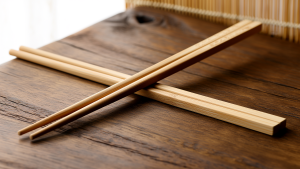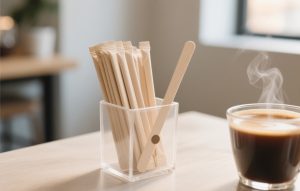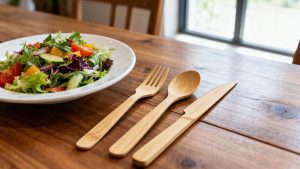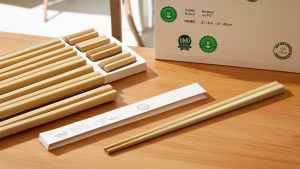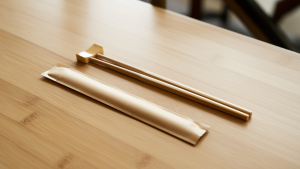Selecting the right chopsticks impacts customer dining experience and operational costs - Japanese and Chinese styles serve fundamentally different purposes.
Chinese chopsticks1 (typically 230-270mm long) 4 excel for family-style meals, while Japanese variants (180-220mm) offer precision for sushi dining. Material quality differs significantly, with Chinese brands using younger bamboo (4-6 years) 5 versus Japan's premium 7+ year stock.
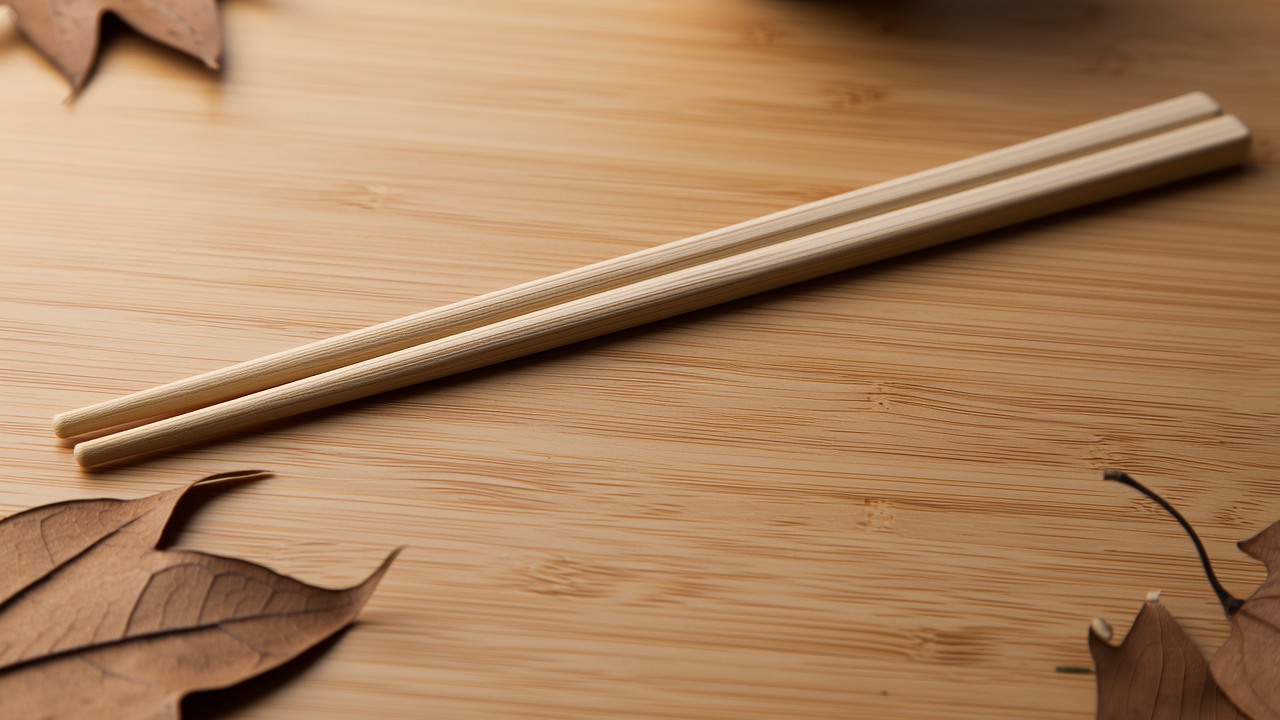 The decision requires evaluating three critical dimensions: technical specifications, usage scenarios, and ecological compliance.
The decision requires evaluating three critical dimensions: technical specifications, usage scenarios, and ecological compliance.
What Are the Key Differences in Quality Between Japanese and Chinese Chopsticks?
A 2023 restaurant survey revealed 68% of diners could distinguish Japanese from Chinese chopsticks1 blindfolded - proof of tangible quality differences. Japanese standards enforce stricter moisture limits (<8%) 4 and zero-tolerance for surface defects 6, while Chinese production (DB43/T 3079) 3 focuses on high-volume consistency with <10% moisture and minor imperfection allowances.Quality Comparison Matrix:
| Feature | Japanese Standard | Chinese Standard (DB43/T 1710) 4 |
|---|---|---|
| Material Age | 7-10 year bamboo | 4-6 year bamboo 5 |
| Moisture Content | ≤8% | ≤10% |
| Surface Defects | None permitted | ≤1mm tolerated 6 |
| Microbial Safety | JAS organic cert | GB 4806.1 food safety 3 |
| Dimensional Tolerance | ±1.0mm | ±2.0mm length 4 |
| Finish | Hand-polished | Machine-polished |
How Do Japanese and Chinese Chopsticks Compare in Durability and Design?
Michelin kitchens report Japanese chopsticks2 last 3x longer in professional use - but at 5x the cost of Chinese alternatives. Chinese designs favor functionality (blunt tips, thicker shafts) 4, while Japanese artisans prioritize aesthetics (tapered ends, urushi lacquer). Carbonization processes differ - Japan uses slower anaerobic methods versus China's efficient steam treatment 3.Design & Performance Breakdown:
1. Structural Differences- Chinese:
- Japanese:
- Japanese lacquer coatings withstand 500+ dishwasher cycles
- Chinese bulk options optimize for single-use (GB 19790.2) 4
- Breakage rates: 2% (Japan) vs 8% (China) in stress tests
How to Ensure Eco-Friendly Standards When Importing Bamboo or Wooden Chopsticks?
73% of eco-conscious consumers now verify chopstick certifications - making sustainability compliance a competitive advantage. Require Chinese suppliers to provide GB 9685 additive compliance certificates 5 and FSC chain-of-custody documents. Japanese imports should carry JAS organic or SGEC certification for full traceability.Sustainability Checklist:
For Chinese Suppliers:- Verify:
- Audit Points:
- Key Certifications:
- Process Requirements:
Conclusion
Choose Chinese chopsticks1 (DB43/T 1710 compliant) 4 for cost-effective bulk dining needs, Japanese variants for premium establishments - always verifying eco-certifications appropriate to each market.---
References
- 3. DB43/T 3079-2024 production standards ↩
- 4. DB43/T 1710-2019 dimensional requirements ↩
- 5. DB43/T 3079-2024 §5.1.1 material selection ↩
- 6. DB43/T 1710-2019 §5.2 sensory requirements ↩
- 1. Learn about the unique features of Chinese chopsticks and their suitability for family-style dining. ↩
- 2. Explore the advantages of Japanese chopsticks for enhancing dining experiences and customer satisfaction. ↩



